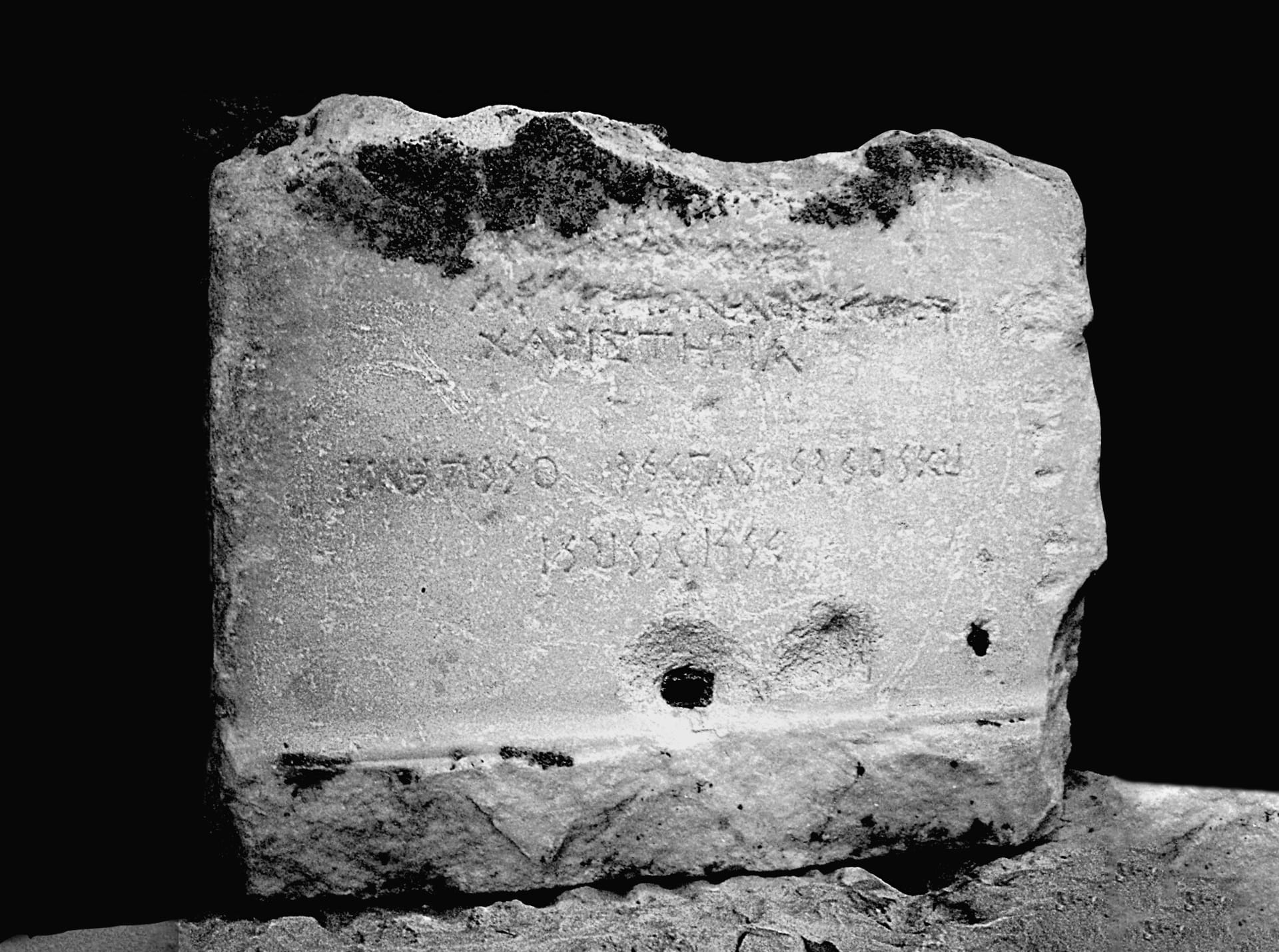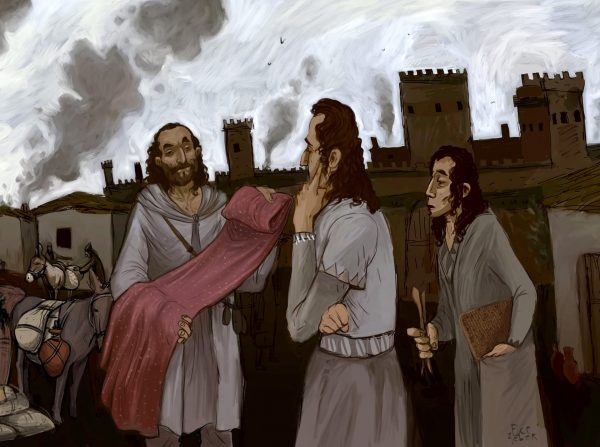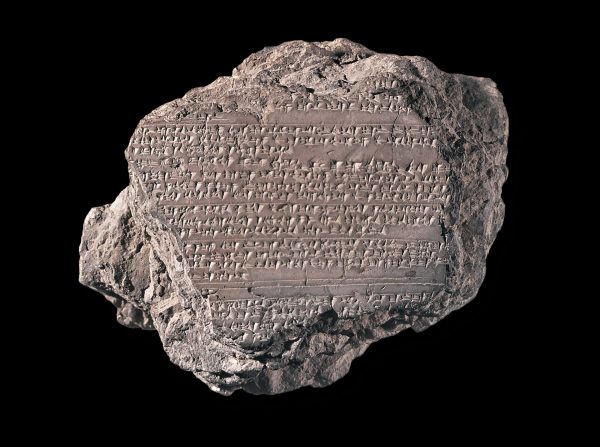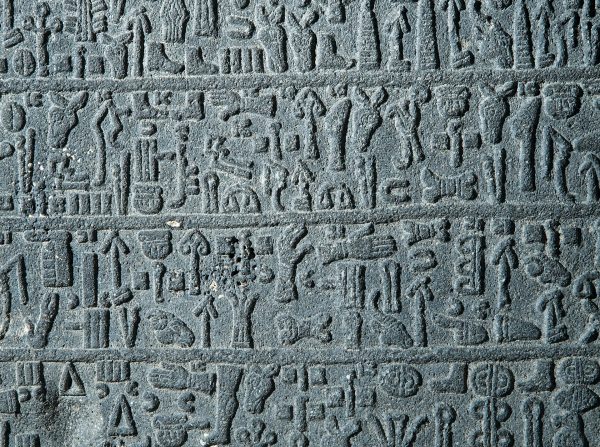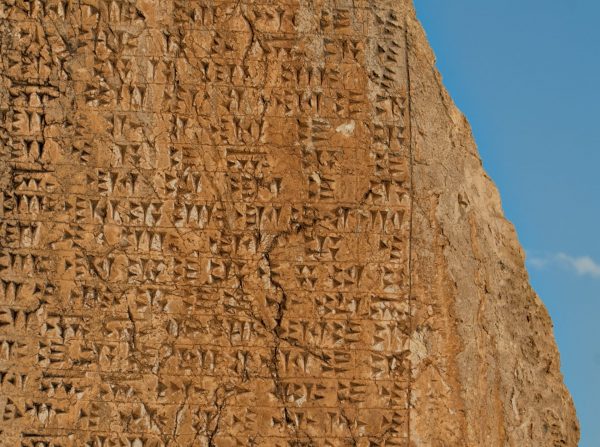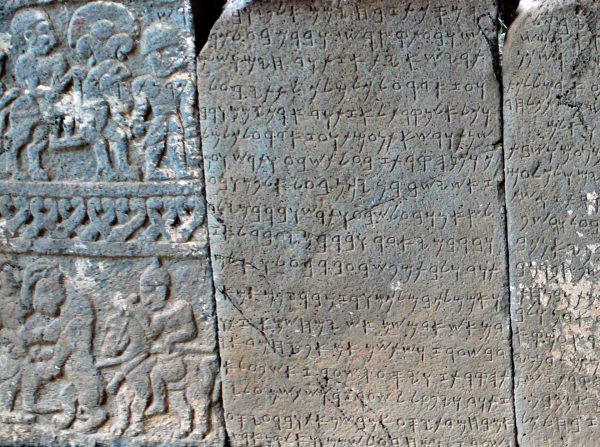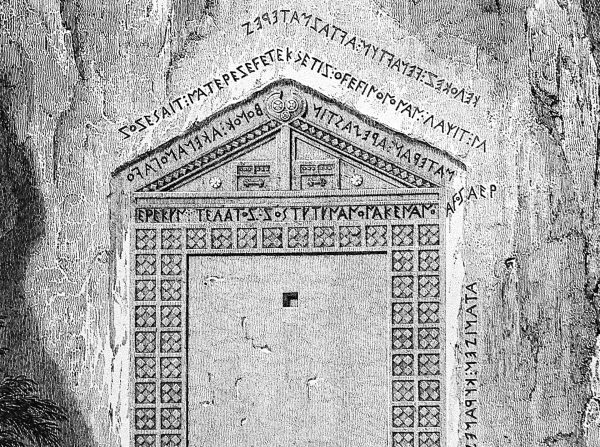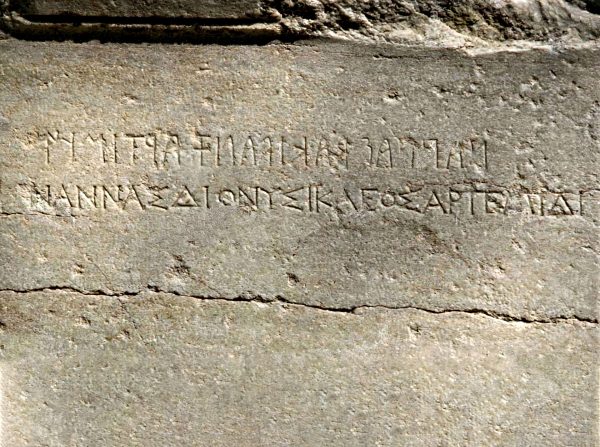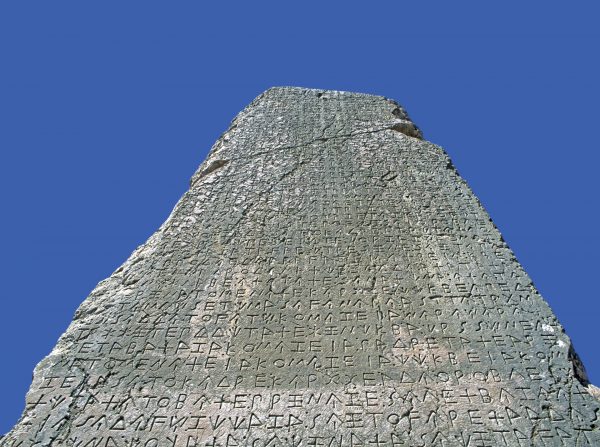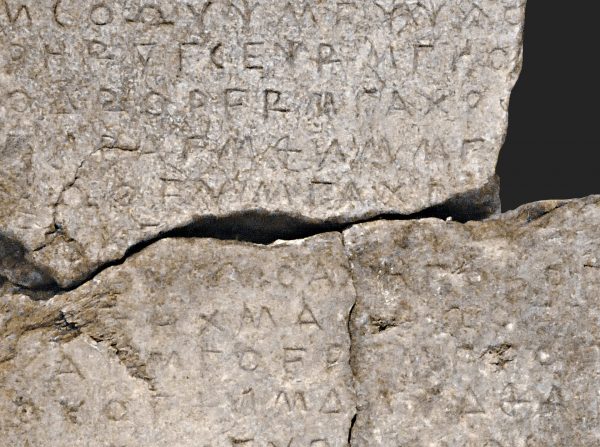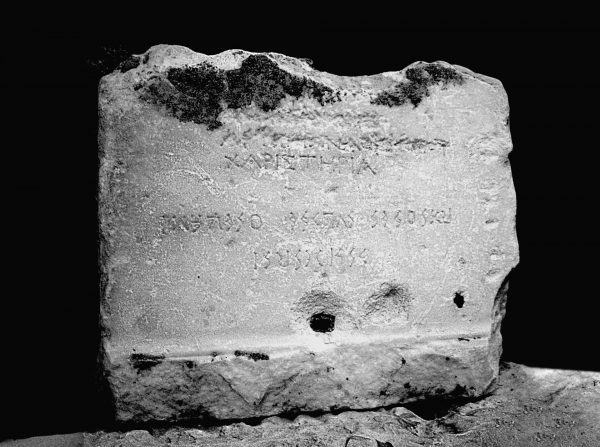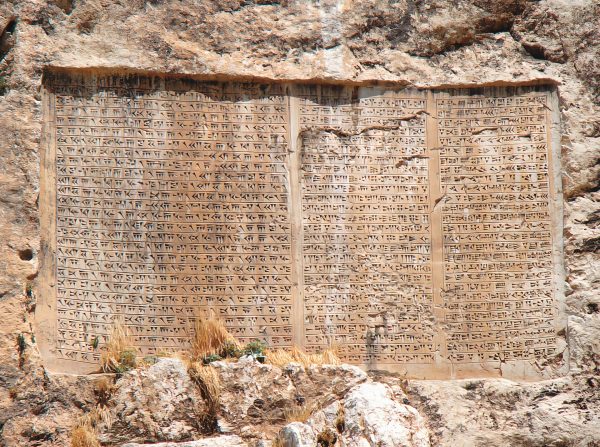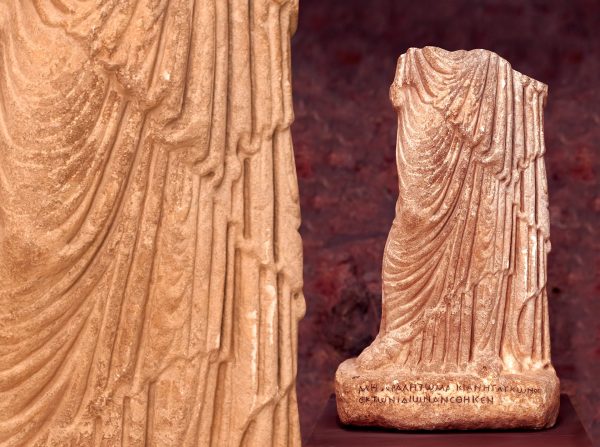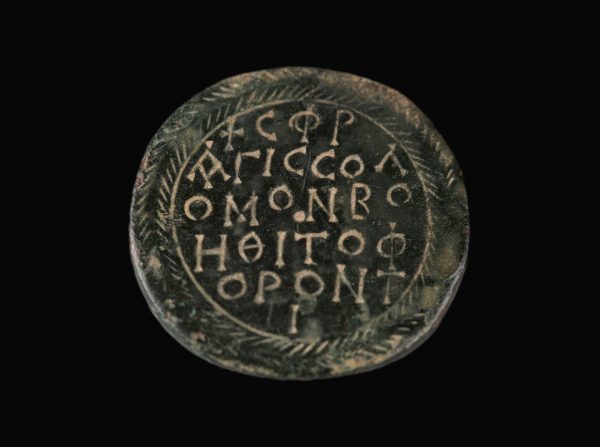The available texts and related studies reveal that Sidetic is part of the Anatolian languages of the Indo-European linguistic family. Its grammatical structure is similar particularly to Luwian languages of Anatolian origin.
The ancient city of Side (Greek: Σίδη, meaning “pomegranate”) is located on a peninsula on the shores of Antalya. According to ancient sources, it was founded by the Aiolian settlers of Hellenic origin. It is argued that after settling in Side, these colonists replaced their own Hellenic language with the Luwian language of Sidetic.
The total length of the Sidetic texts discovered to date is less than 450 words. The brief Sidetic inscriptions found on coins are dated to 5th and 4th centuries BC, whereas the inscriptions on stone are quite possibly dated to 4th to 3rd centuries BC. So far, only three brief bilingual inscriptions in Sidetic-Hellenic have been discovered. Through these, a large part of the Sidetic alphabet and the other Sidetic inscriptions have been largely deciphered.
The available texts and related studies reveal that Sidetic is part of the Anatolian languages of the Indo-European linguistic family. Its grammatical structure is similar particularly to Luwian languages of Anatolian origin. The basic vocabulary of Sidetic carries traces of Anatolia; however, it also includes words borrowed from Hellenic (e.g. istratag, “strategos“). Names are partly Anatolian and partly Hellenic. The Hellenic names have attained Sidetic phonetic values over time. Although it has been enriched through the influence of Hellenic dialects spoken in Pamphylia of the Iron Age, Sidetic is thought to have employed a phonetic system that was entirely different from the other surrounding languages of alphabetic structure.
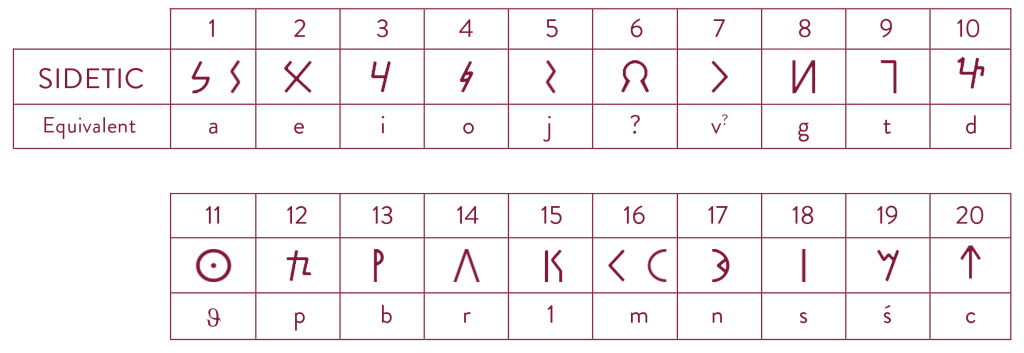
Votive Inscription for Athena
Place of Discovery: Side
Language: Hellenic-Sidetic
Date: 4th-3rd century BC
Material: Marble
“Athenobios’un oğlu Artemon, (Tanrıça) Athena’ya şükran adakları (bunu adadı).“
Discovered by Italian researchers Paribeni and Romanelli during the excavations held in Side in 1914, this inscription was re-deciphered by Johannes Nollé in the 1980s.

